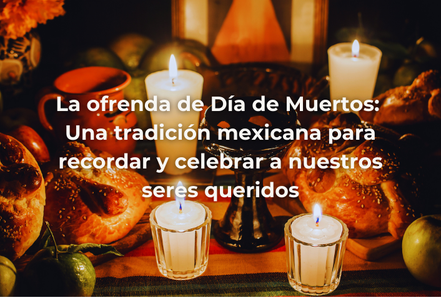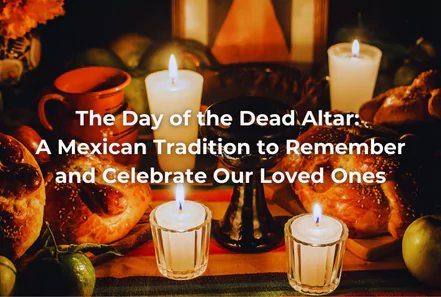
Love and the Spanish Language: Is Spanish a Romantic Language?
This article is also available in Spanish
Spanish and Other Romance Languages:
Spanish is one of the Romance languages, meaning it originates from Latin, the language of the ancient Roman Empire. Other Romance languages include French, Italian, Portuguese, Romanian, and Catalan, among many others. These languages share many words, grammar, and structure, making them more closely related to each other than to other language families.
Some of these Romance languages have a reputation for being particularly romantic, such as French or Italian. French is considered the language of love for its elegance, refinement, and musicality. Italian, on the other hand, is associated with passion, emotion, and beauty. These languages have been the vehicle for great works of love literature, like Victor Hugo’s novels or Molière’s comedies in French, or Petrarch’s sonnets or Verdi’s operas in Italian.
However, Spanish has nothing to envy these languages when it comes to romanticism. Spanish is also a melodic, expressive, and poetic language that has given rise to masterpieces of love literature, such as Cervantes’ Don Quixote, Bécquer’s Rimas, or Lorca’s Romancero Gitano. Spanish also boasts a wide variety of accents, dialects, and registers, providing it with a unique richness and diversity.

Spanish vs. English: Which Language is More Romantic?
English, a Germanic language with a different origin than Spanish and other Romance languages, has been influenced by French due to the Norman invasion of England in the 11th century. It also incorporates words from Anglo-Saxon, Scandinavian, Greek, and Latin origins. English is a highly flexible language, easily adapting to changes and innovations, with a great capacity for creating new terms and expressions.
English also has a rich literary tradition, producing immortal works of love like those of Shakespeare, Jane Austen, or Emily Dickinson. It offers a wide variety of ways to express love, from the formal “I love you” to the colloquial “I fancy you”, the affectionate “I adore you”, or the intense “I’m crazy about you”.
However, English has some limitations when it comes to expressing love that Spanish does not. For instance, English has only one pronoun for the second person singular, “you”, used for both formal and informal address, while Spanish has two, “tú” and “usted”, marking the difference between familiarity and respect. Spanish also has two verbs for expressing love, “amar” and “querer”, each with distinct nuances, whereas English has only one, “love”, used for both romantic and familial love.

Expressing Love in Spanish:
Spanish is an expressive language that has a great richness of vocabulary and verb forms to express romantic feelings. For example, estar loco por alguien (to be crazy about someone), tener mariposas en el estómago (to have butterflies in the stomach), ser mi alma gemela (to be my soulmate), ser mi media naranja (to be my better half), etc. Here are 3 ways to express “I love you” in Spanish:

Spanish and Learning: How to Fall in Love with Spanish:
Learning Spanish is an exciting adventure that requires dedication, effort, and motivation. Learning Spanish is like falling in love with a person – you need to get to know it, understand it, respect it, and enjoy it. Here are some tips to learn to love Spanish:

Conclusion
Spanish is a romantic language that expresses love in many ways and has a rich history and culture. Learning Spanish requires dedication, thought, adaptation, and love. Spanish can be loved like a person, with time, communication, reality, and passion. Spanish can make you happy, open doors for you, and help you grow. Are you ready to learn Spanish? Are you ready to love Spanish?
You might also like
December Celebrations in Mexico: Traditions Full of Joy
December Festivities in Mexico:Traditions Full of Joy This article is also available in Spanish Language English Español In Mexico, the December holidays are…
Fiestas Decembrinas en México: Tradiciones Llenas de Alegría
Fiestas decembrinas en México:Tradiciones llenas de alegría This article is also available in English Language English Español En México, las fiestas decembrinas (de…
La Ofrenda de Día de Muertos: Una Tradición Mexicana para
La ofrenda de Día de Muertos:Una tradición mexicana para recordar y celebrar a nuestros seres queridos This article is also available…
The Day of the Dead Altar: A Mexican Tradition to
The Day of the Dead Altar:A Mexican Tradition to Remember and Celebrate Our Loved Ones This article is also available in…
Celebrando el Día del Español de la ONU y el
Celebrando el Día del Español de la ONU y el Día Mundial del Libro: Un homenaje global a la diversidad…
Celebrating UN Spanish Language Day and World Book Day: A
Celebrating UN Spanish Language Day and World Book Day: A Global Tribute to Linguistic Diversity and Literary Culture This article is…







